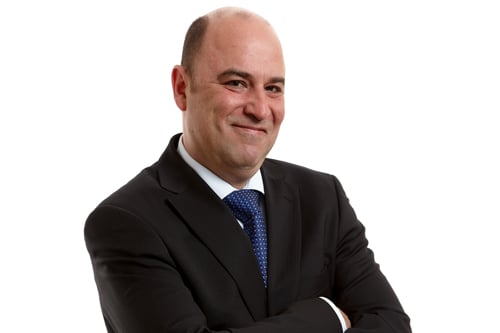Looking at the top ETF flows for this year shows that Canadian investors are failing to learn their lesson

The rise of index and core ETFs means it’s never been easier for Canadian investors to add some international and emerging markets exposure to the portfolios. There remains, however, a deeply ingrained home bias that is preventing Canadian investors from making those moves and, as a result, is having a detrimental impact on portfolio performance.
“Canada represents only 3.5% of the global index weight, but 60% of Canadians’ equity holdings are in domestic equities,” says Alain Desbiens, one of the Best Fund Wholesalers in Canada, Vice-President Quebec and Atlantic, ETFs, BMO Global Asset Management. “It means that Canadians are more heavily concentrated in the energy, financials, and mining sectors and not exposed to technology and healthcare like the rest of the globe. Investors are being affected by the sector bias of the TSX.”
Making sure clients have some international and emerging market exposure is particularly important in years like 2017, Desbiens explains. The TSX index has returned 5.3% year-to-date, which is not bad, but in comparison, the MSCI EAFE index has returned 21.7% (as of Oct. 31) and the MSCI Emerging Markets index has returned 32.26%.
“There is value outside of Canada, and this year, more than ever, diversifying beyond Canadian and US equities did improve the overall performance of a portfolio,” Desbiens says. “And, that’s not even considering single emerging country allocations like China (up 31%) or India (up 18%). Just having core index holdings has significantly improved the overall performance of portfolios.”
Looking at the top inflows of single long ETFs in Canada this year illustrates the level of Canadian home bias. There are only three international ETFs in the top ten: the BMO MSCI EAFE Index ETF (4th), the iShares MSCI EAFE IMI Index ETF (7th), and the BMO Europe High Dividend Covered Call CAD-H, which is ninth on the list. Nine of the top funds are pure index plays, and the top three are the BMO S&P 500 index ETF, the BMO Aggregate Bond index ETF, and the BMO S&P/TSX Capped Composite index ETF.
“The top 10 is really Canadian centric, with a bit of the US and no emerging markets, but at least this year we see a bit more inflow into the pure MSCI ETF and our covered called European high dividend Canadian hedge,” Desbiens says.
“For performance, sector allocation, diversification and market cap, it’s crucial to invest outside of Canada and North America. I am cognisant about the fact that the big money in Canada is in taxable accounts, but it doesn’t mean you shouldn’t diversify away from the domestic market.”
Related stories:
Why it’s time for Canadians to ditch home biases
Is Canada’s ETF growth sustainable?



